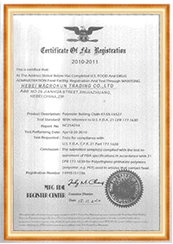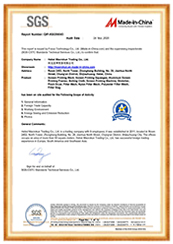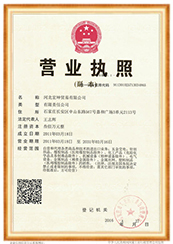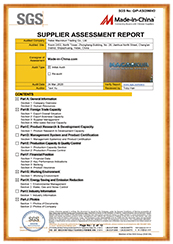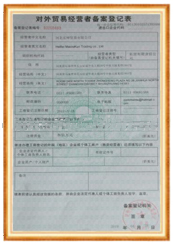When it comes to filtration, choosing the right mesh size is crucial for achieving optimal results. Nylon micron mesh is a popular choice for filtration due to its durability, flexibility, and chemical resistance. However, selecting the right micron size can make a significant difference in the efficiency of the filtration process. In this article, we will compare different nylon micron mesh sizes and discuss the benefits of using fine nylon micron mesh for filtration.
Nylon micron mesh is available in a wide range of sizes, typically ranging from 5 microns to 2000 microns. The micron size refers to the size of the openings in the mesh, with smaller micron sizes indicating finer mesh. Fine nylon micron mesh, such as 5 to 100 microns, is ideal for applications that require high precision filtration, such as pharmaceutical, food and beverage, and water treatment industries.
One of the key benefits of using fine nylon micron mesh for filtration is its ability to capture smaller particles. Fine mesh sizes, such as 5 to 50 microns, are effective at removing particles as small as bacteria and viruses from liquids. This level of filtration is essential for industries that require sterile or ultra-pure liquids, such as pharmaceutical manufacturing and laboratory research.
In addition to capturing smaller particles, fine nylon micron mesh also offers a higher flow rate compared to coarser mesh sizes. The smaller openings in fine mesh allow liquids to pass through more quickly, resulting in faster filtration times. This can be particularly advantageous in high-volume filtration applications where efficiency is critical.
| Series | Mesh Size (/cm) |
Mesh Size (/inch) |
Thread Dia (um) |
Mesh Opening (um) |
Thickness (um) |
Gross Weight (g/m2) |
| NL4/1950 | 4 | 10 | 550 | 1950 | 1100 | 307 |
| NL5/1500 | 5 | 13 | 500 | 1500 | 1000 | 318 |
| NL6/1267 | 6 | 15 | 400 | 1267 | 800 | 244 |
| NL7/1079 | 7 | 18 | 350 | 1079 | 700 | 218 |
| NL8/900 | 8 | 20 | 350 | 900 | 700 | 249 |
| NL9/861 | 9 | 23 | 250 | 861 | 500 | 143 |
| NL9/811 | 9 | 23 | 300 | 811 | 600 | 206 |
| NL10/750 | 10 | 25 | 250 | 750 | 500 | 159 |
| NL10/700 | 10 | 25 | 300 | 700 | 600 | 229 |
| NL12/583 | 12 | 30 | 250 | 583 | 500 | 191 |
| NL12/533 | 12 | 30 | 300 | 533 | 600 | 274 |
| NL14/514 | 14 | 36 | 200 | 514 | 340 | 142 |
| NL16/425 | 16 | 40 | 200 | 425 | 340 | 160 |
| NL20/350 | 20 | 50 | 150 | 350 | 255 | 113 |
| NL20/300 | 20 | 50 | 200 | 300 | 340 | 200 |
| NL24/267 | 24 | 60 | 150 | 267 | 255 | 135 |
| NL28/237 | 28 | 70 | 120 | 237 | 204 | 101 |
| NL30/213 | 30 | 76 | 120 | 213 | 204 | 110 |
| NL32/213 | 32 | 80 | 100 | 213 | 170 | 80 |
| NL36/178 | 36 | 90 | 100 | 178 | 170 | 90 |
| NL40/150 | 40 | 100 | 100 | 150 | 170 | 100 |
| NL43/153 | 43 | 110 | 80 | 153 | 136 | 70 |
| NL48/128 | 48 | 120 | 80 | 128 | 136 | 77 |
| NL56/119 | 56 | 140 | 60 | 119 | 102 | 50 |
| NL64/96 | 64 | 160 | 60 | 96 | 102 | 58 |
| NL72/89 | 72 | 180 | 50 | 89 | 85 | 45 |
| NL80/75 | 80 | 200 | 50 | 75 | 85 | 50 |
| NL100/57 | 100 | 250 | 43 | 57 | 73 | 46 |
| NL110/48 | 110 | 280 | 43 | 48 | 73 | 52 |
| NL120/48 | 120 | 300 | 35 | 48 | 60 | 37 |
| NL120/40 | 120 | 300 | 43 | 40 | 73 | 55 |
| NL130/42 | 130 | 330 | 35 | 42 | 60 | 40 |
| NL130/34 | 130 | 330 | 43 | 34 | 73 | 61 |
| NL140/36 | 140 | 350 | 35 | 36 | 60 | 43 |
| NL157/25 | 157 | 400 | 43 | 25 | 73 | 74 |
| NL180/20 | 180 | 450 | 39 | 20 | 66 | 68 |
| NL200/15 | 200 | 500 | 39 | 15 | 66 | 76 |
| NL220/10 | 220 | 550 | 39 | 10 | 66 | 84 |
| NL240/5 | 240 | 600 | 39 | 5 | 66 | 91 |
Another benefit of using fine nylon micron mesh for filtration is its durability and longevity. Nylon mesh is known for its strength and resistance to abrasion, making it ideal for repeated use in filtration systems. Fine mesh sizes are less prone to clogging and can withstand higher pressures, resulting in longer-lasting filtration performance.
Furthermore, fine nylon micron mesh is chemically resistant, making it suitable for a wide range of applications. Nylon mesh can withstand exposure to acids, bases, and solvents without degrading, making it a versatile choice for filtration in various industries. Fine mesh sizes are particularly useful in applications where chemical compatibility is essential, such as in the chemical processing and petrochemical industries.
In conclusion, fine nylon micron mesh offers several benefits for filtration applications, including the ability to capture smaller particles, higher flow rates, durability, and chemical resistance. When selecting a mesh size for filtration, it is important to consider the specific requirements of the application and choose a mesh size that will provide the desired level of filtration efficiency. Fine mesh sizes, such as 5 to 100 microns, are ideal for applications that require high precision filtration and sterile or ultra-pure liquids. By choosing the right nylon micron mesh size, businesses can achieve optimal filtration results and improve overall process efficiency.
Nylon micron mesh is a popular material used for filtration in various industries due to its durability, flexibility, and chemical resistance. When it comes to choosing the right micron mesh size for a specific filtration application, it is important to consider the particle size of the material being filtered and the desired level of filtration efficiency.
One of the key factors to consider when selecting a nylon micron mesh size is the particle size of the material that needs to be filtered. The micron rating of a mesh refers to the size of the openings in the mesh, with a lower micron rating indicating smaller openings. For example, a mesh with a 100-micron rating will have smaller openings than a mesh with a 200-micron rating.
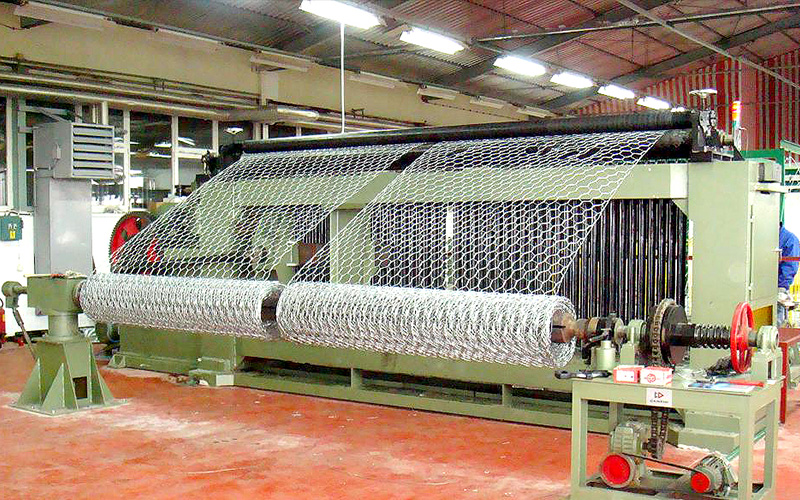
In general, the smaller the particle size of the material being filtered, the smaller the micron rating of the mesh that should be used. For example, if you are filtering fine particles such as pollen or bacteria, a mesh with a micron rating of 50 or lower would be more suitable. On the other hand, if you are filtering larger particles such as sand or gravel, a mesh with a micron rating of 200 or higher would be more appropriate.
Another important consideration when selecting a nylon micron mesh size is the desired level of filtration efficiency. A mesh with a smaller micron rating will provide a higher level of filtration efficiency, as it will capture smaller particles. However, a mesh with a smaller micron rating may also clog more quickly, reducing the flow rate of the filtration system.
Conversely, a mesh with a larger micron rating will allow for a higher flow rate, but may not provide as high of a level of filtration efficiency. It is important to strike a balance between filtration efficiency and flow rate when selecting a nylon micron mesh size for a specific application.
When comparing different nylon micron mesh sizes for filtration, it is also important to consider the material and construction of the mesh. Nylon mesh is available in a variety of weave patterns, such as plain weave, twill weave, and Dutch weave, each offering different levels of strength and filtration efficiency.
Additionally, the thickness of the mesh material can also impact its filtration capabilities. Thicker mesh materials are more durable and less likely to tear or stretch, but may also have larger openings that allow for larger particles to pass through.
In conclusion, selecting the right nylon micron mesh size for a filtration application requires careful consideration of the particle size of the material being filtered, the desired level of filtration efficiency, and the material and construction of the mesh. By taking these factors into account, you can ensure that you choose a nylon micron mesh size that meets the specific needs of your filtration system.
When it comes to choosing the right nylon micron mesh size for filtration, there are several factors to consider. The size of the mesh will determine the level of filtration and the type of particles that can be captured. Understanding the differences between various mesh sizes can help you make an informed decision that meets your specific filtration needs.
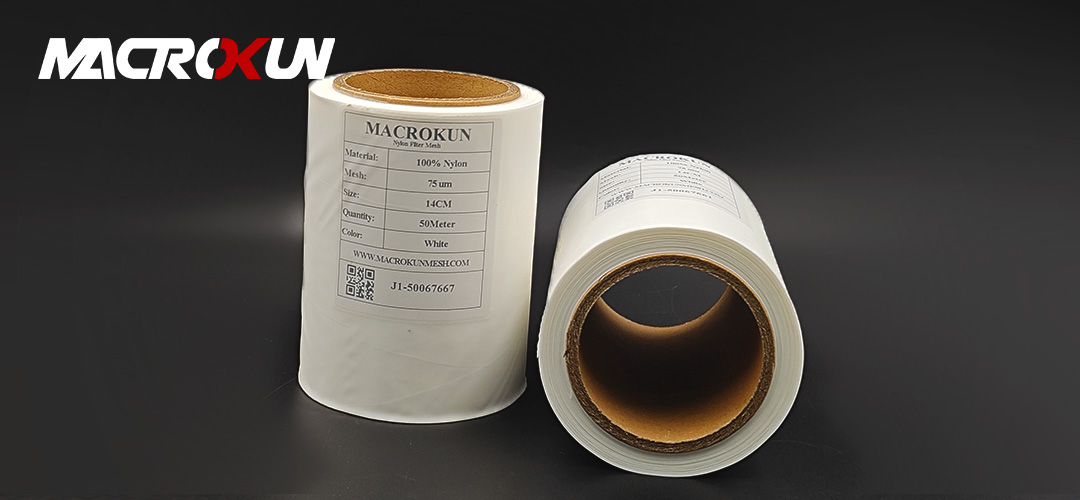
Nylon micron mesh is commonly used in filtration applications due to its durability and resistance to chemicals and abrasion. Mesh sizes are measured in microns, with smaller numbers indicating finer mesh sizes. The most common mesh sizes for nylon micron mesh range from 5 microns to 400 microns, with each size offering different levels of filtration.
For applications that require fine filtration, such as removing small particles or debris from liquids, a smaller mesh size is recommended. Mesh sizes below 100 microns are ideal for capturing particles as small as bacteria and viruses. These finer mesh sizes are commonly used in industries such as pharmaceuticals, food and beverage, and water treatment.
On the other hand, larger mesh sizes are suitable for applications that require coarser filtration, such as removing larger particles or debris from liquids or gases. Mesh sizes above 100 microns are typically used in industries such as agriculture, automotive, and manufacturing, where the focus is on removing larger contaminants.
When choosing the right nylon micron mesh size for your filtration needs, it is important to consider the type of particles you are trying to capture and the level of filtration required. For example, if you are filtering water for drinking purposes, a mesh size of 5-10 microns would be suitable for removing bacteria and other contaminants. However, if you are filtering oil or chemicals, a larger mesh size of 100-200 microns may be more appropriate.
It is also important to consider the flow rate and pressure requirements of your filtration system when selecting a mesh size. Finer mesh sizes can restrict flow and increase pressure drop, while larger mesh sizes can allow for higher flow rates but may not provide the level of filtration needed.
In addition to mesh size, the material of the nylon micron mesh should also be taken into consideration. Nylon mesh is known for its strength and durability, making it suitable for a wide range of filtration applications. However, if you are filtering corrosive chemicals or high temperatures, you may need to consider a different material such as stainless steel or polyester.
In conclusion, choosing the right nylon micron mesh size for your filtration needs requires careful consideration of the type of particles you are trying to capture, the level of filtration required, and the flow rate and pressure requirements of your system. By understanding the differences between various mesh sizes and materials, you can make an informed decision that meets your specific filtration needs.
When it comes to filtration, choosing the right nylon micron mesh size is crucial for achieving optimal results. Nylon micron mesh is a popular choice for filtration due to its durability, flexibility, and chemical resistance. However, with a wide range of micron sizes available, it can be challenging to determine which size is best suited for your specific filtration needs.
One of the key factors to consider when selecting a nylon micron mesh size is the particle size you are trying to filter. The micron size refers to the diameter of the openings in the mesh, with smaller micron sizes indicating finer filtration. For example, a 100-micron mesh will have smaller openings than a 200-micron mesh, allowing it to capture smaller particles.
If you are filtering large particles or debris, a larger micron size, such as 200 or 300 microns, may be sufficient. These larger mesh sizes are ideal for applications where the primary goal is to remove visible contaminants from a liquid or gas. On the other hand, if you need to filter out very fine particles, such as bacteria or viruses, a smaller micron size, such as 20 or 50 microns, would be more appropriate.
It is important to note that the efficiency of filtration is not solely determined by the micron size of the mesh. Other factors, such as flow rate, pressure, and the material being filtered, can also impact the effectiveness of the filtration process. Therefore, it is essential to consider these factors in conjunction with the micron size when selecting a nylon mesh for filtration.
In addition to particle size, the material of the nylon mesh can also influence its filtration capabilities. Nylon is known for its strength and chemical resistance, making it suitable for a wide range of applications. However, different types of nylon may have varying levels of porosity and permeability, which can affect the flow rate and efficiency of filtration.
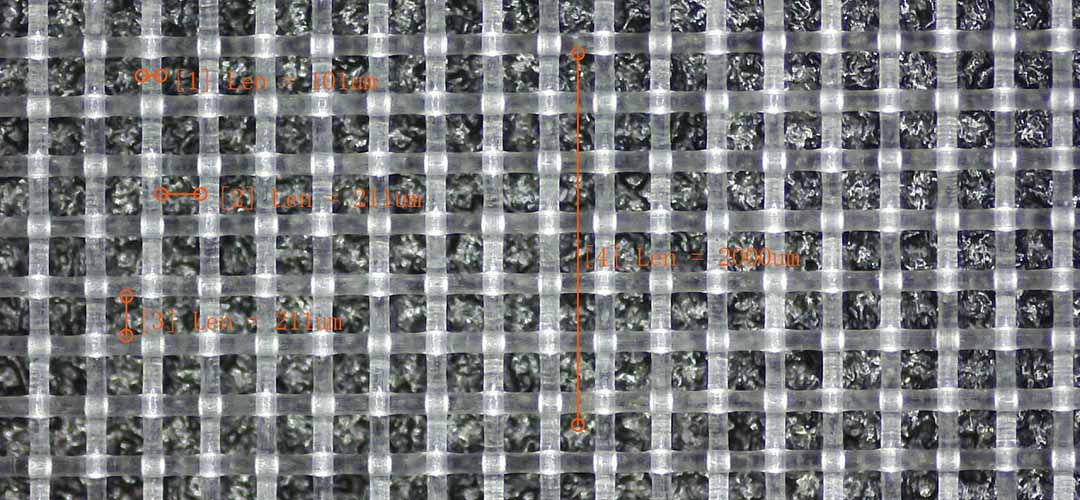
When comparing different nylon micron mesh sizes, it is important to consider the specific requirements of your filtration system. For example, if you need a high flow rate, a larger micron size may be more suitable to prevent clogging and maintain consistent filtration. Conversely, if you require very fine filtration, a smaller micron size will be necessary to capture the desired particles.
Ultimately, the best nylon micron mesh size for filtration will depend on the unique characteristics of your application. By carefully evaluating the particle size, flow rate, and material compatibility, you can select a nylon mesh that meets your specific filtration needs. Additionally, testing different mesh sizes in your system can help determine the most effective option for achieving optimal filtration results.
In conclusion, understanding the differences between various nylon micron mesh sizes is essential for selecting the right filtration solution for your application. By considering factors such as particle size, flow rate, and material compatibility, you can choose a nylon mesh that provides efficient and reliable filtration. With the right mesh size and proper maintenance, you can ensure that your filtration system operates effectively and consistently removes contaminants from your process fluid.
Next: Why Nitex Mesh is the Top Choice for Precision Filtration

MACROKUN has established long-term and stable cooperative relations with many transportation companies such as China Post, DHL, FEDEX, USPS, UPS, etc. Of course, MACROKUN can also provide air and sea transportation. The powerful logistics system enables all MACROKUN'S Printing Mesh, Filter Mesh and Filter Bags and so on to be easily and efficiently transported to any place. For quotes and inquiries, please email our sales team.
